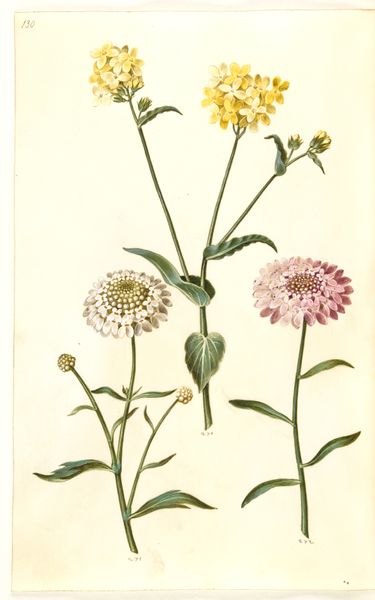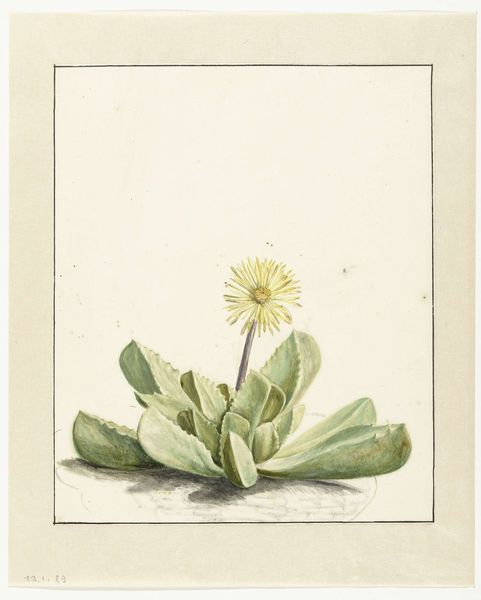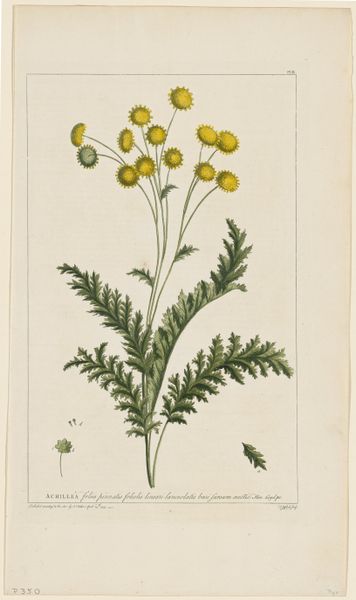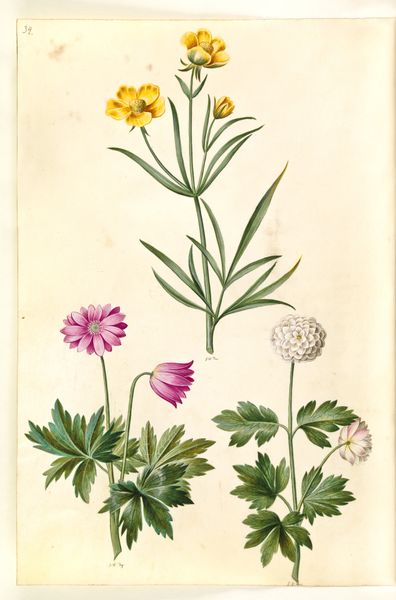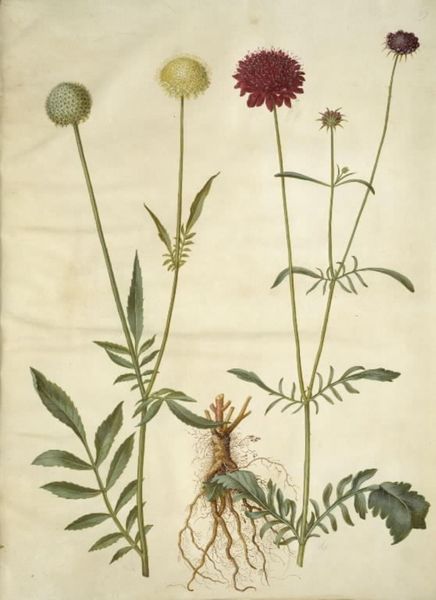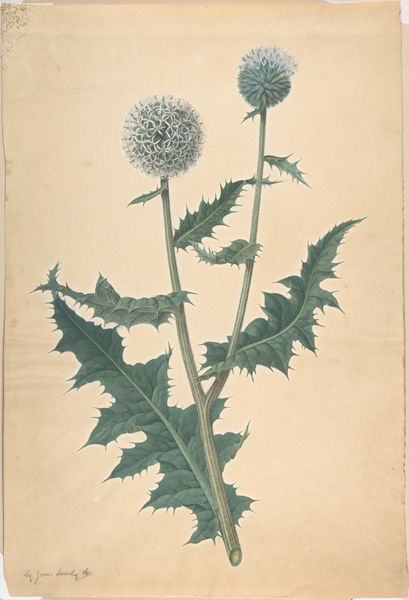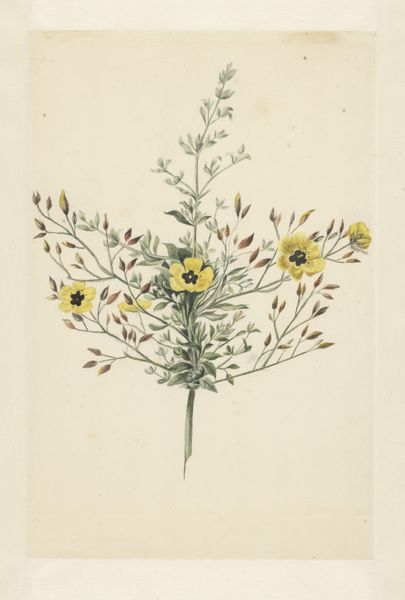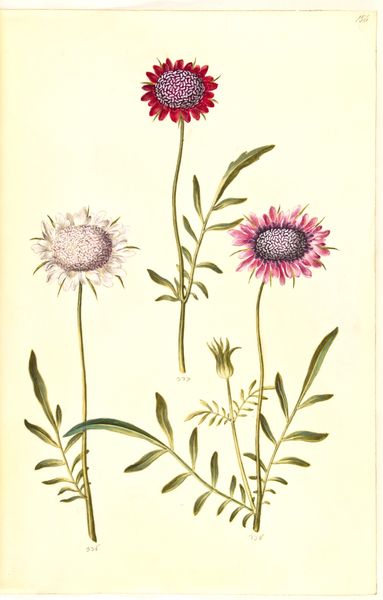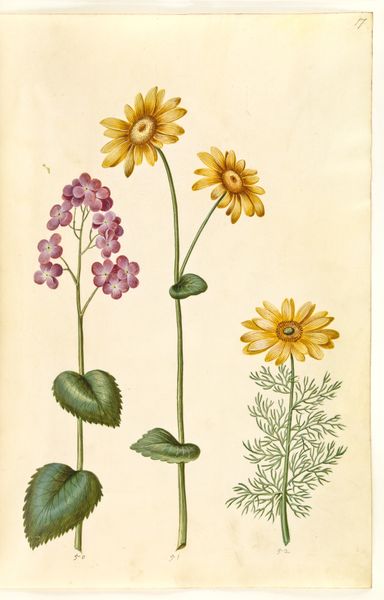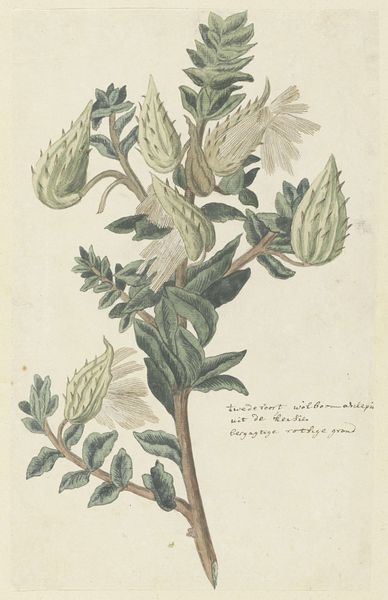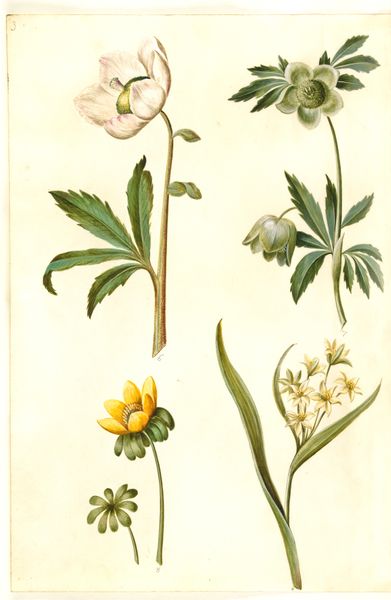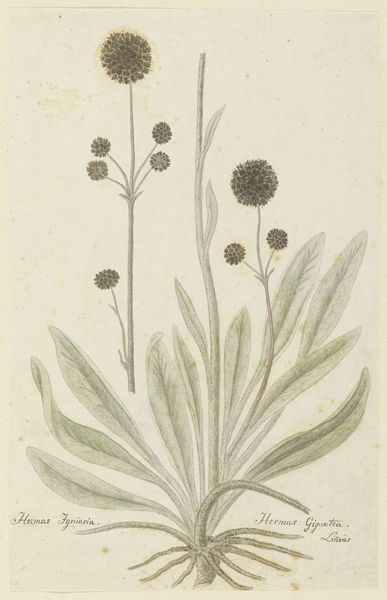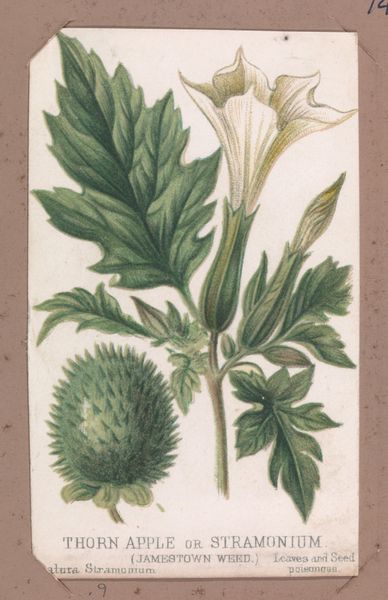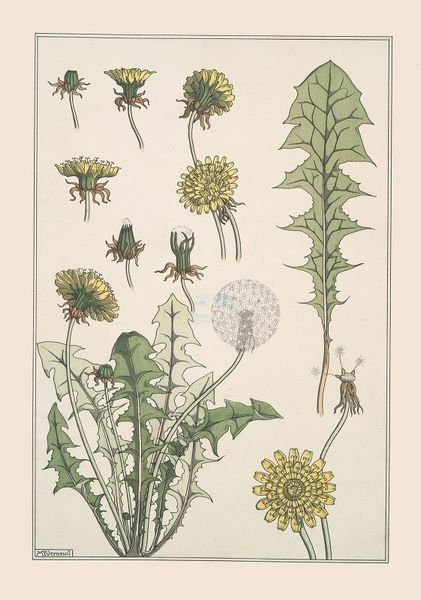
Leontoden Taraxacum from Flora Londinensis 1777 - 1798
0:00
0:00
drawing, print, paper
#
drawing
# print
#
botanical illustration
#
paper
#
folk-art
#
line
#
academic-art
#
botanical art
#
realism
Dimensions: 13 1/2 x 10 1/4 in. (34.29 x 26.04 cm) (plate)
Copyright: Public Domain
Curator: Look at this beauty! William Curtis’s "Leontodon Taraxacum from Flora Londinensis." It’s an engraving and drawing, really a scientific illustration from around 1777 to 1798. I find it absolutely charming. Editor: Charmingly… precise? I mean, my first impression is almost clinical. All those exacting lines, like a diagram in a textbook. It lacks, well, the wildness I associate with dandelions. Curator: Exactly! That's where its poetry lies, don't you think? It's like Curtis is inviting us to truly see, not just glance at, this ubiquitous "weed." It becomes, under his gaze, this incredibly detailed, almost regal being. Plus, his Flora Londinensis was one of the first to focus on urban plants. These dandelions were in the city centers! Editor: Right, locating nature, and our understanding of it, squarely within a burgeoning urban context. I wonder, too, about the decision to show the plant at multiple stages, seeds, flower, withered head. There’s almost an allegory of life and death there. It transforms the dandelion from a mere botanical specimen into a symbol. Curator: And its placement. Everything is perfectly spaced; it gives the image such balance. Dandelions have a special place for me, I spent a lot of time blowing them as a kid, and looking at this takes me back. Editor: It speaks to the democratizing impulse of art, too. These botanical works made science accessible to a broader public. These were images circulating during huge shifts in society, influencing how people understood their surroundings. A lovely dandelion suddenly bears this massive historical weight. Curator: It’s a celebration, then. A celebration of a humble flower, and a reflection of the historical circumstances surrounding its portrayal. You never quite look at these commonplace "weeds" the same after appreciating this work! Editor: Indeed. A weed elevated, a culture illuminated. Food for thought – and for the earth.
Comments
No comments
Be the first to comment and join the conversation on the ultimate creative platform.
